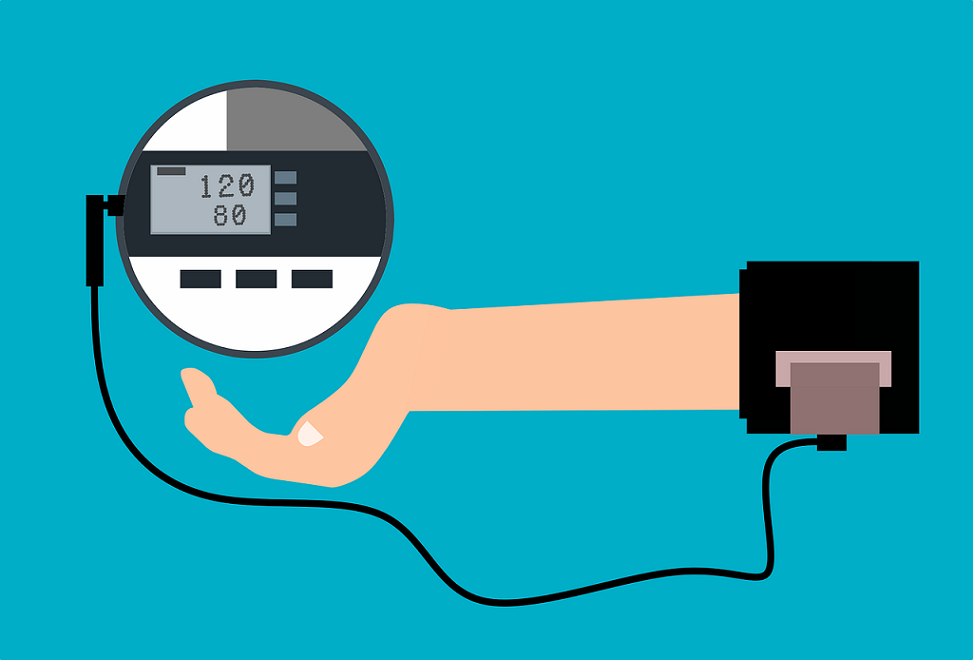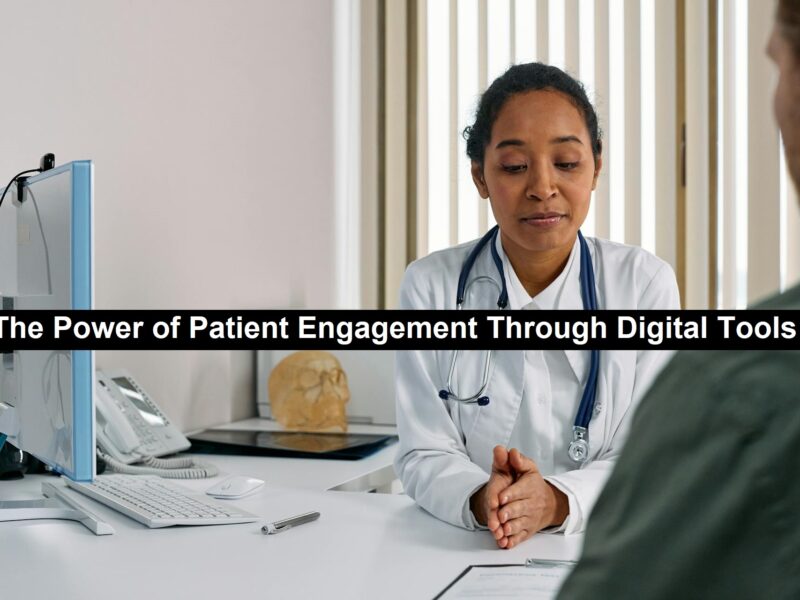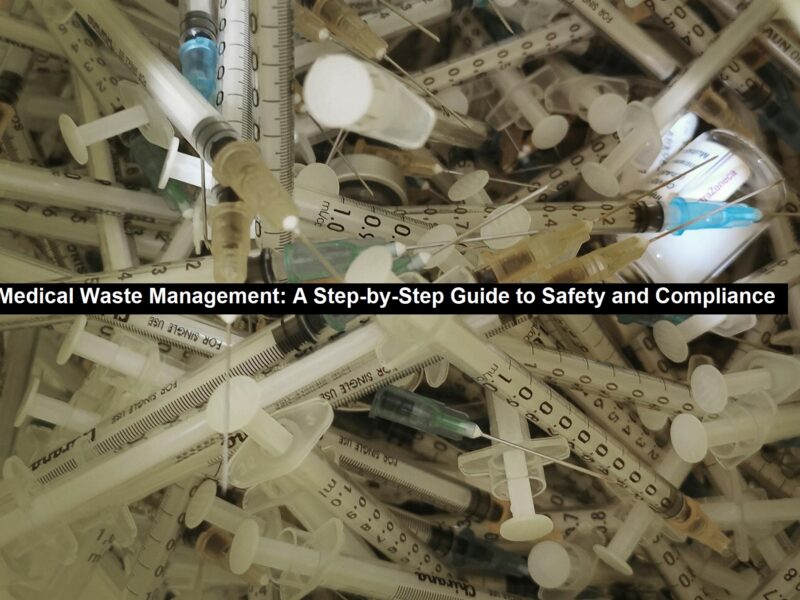Today’s patients have their minds on their mobile devices which constantly collect their personal data. From monitoring their heart rate via a smartphone to improving mental health and sleep quality, consumers have fully embraced the convenience that the digital transformation has brought to the healthcare industry.
With the ever-expanding options of remote healthcare available, patients seek solutions in this area more and more often. Along with this, health authorities across the globe continue to expand control measures of the safety and regulation of medical devices. Basic healthcare facilities can benefit from medical device tracking to improve the efficiency and safety of their operations.
There are potential hazards associated with the use of medical wearables so these products must be shown to be safe and effective with regulations put in place by technology consumers globally.
Those listed are the users of medical devices and complemental tools:
- policy-makers, biomedical engineers working in healthcare settings, and government institutions;
- patients, as well as hospital and clinical workers;
- non-governmental organizations working in the Healthtech industry;
- academic institutions
- district, national, regional, and global health organizations.
According to the Mordor Intelligence study, the medical device market reached $532.62 billion in 2021 and is expected to reach $734.39 billion in 2027. The COVID-19 pandemic has had a mixed impact on technology development. On the one hand, it helped to release the burden on medical workers, and on the other, it highlighted the critical issues of remote care. How does it work in the field?
Medical Device Tracking: Goals and Regulation
Medical device tracking is an inherent part of the medical care consumption chain, from Healthtech developers to patients. The medical device’s effectiveness and location must be tracked after it leaves the production hall. The tracking system identifies a malfunctioning device and ensures immediate corrective action.
The other reason why medical device tracking is needed is there’s no profound surveillance once a device reaches the market. Manufacturers tend to under-report unexpected or undesirable experimental results while being more trusting of expected or desirable results. Solve your beauty problems with a medical device tracking system, which helps to ensure the safety and effectiveness of your devices. It refers to device-related deaths, serious injuries, and detected malfunctions. This results in potential danger for patients, because safety problems and inaccuracies may not be detected in a timely manner.
The US Food and Drug Administration (FDA) has classified around 17,000 medical devices into 16 subparts to control their development, sale, and trafficking. It has also clarified the identification of medical wearables for all involved. Each medical device belongs to one of three regulatory classes. They’re segregated according to the level of control, which is required to assure devices’ working capacity, effectiveness, and safety for human health.
The three Classes and the Requirements which Apply to them are:
- Class I general controls (with or without exemptions).
- Class II General Controls and Special Controls (with or without exemptions).
- Class III General Controls and Premarket Approval.
Class I medical devices have a low to moderate risk to the patient or user. 47% of medical devices fall into this category, 95% of which are exempt from regulation.
Those devices that fall into that category are exempted and Class 1 does not require a premarket notification application or FDA clearance before marketing the device in the U.S. Despite less stringent regulation, the Healthtech manufacturer must register their establishment and inform the FDA of any development.
According to norms, the types of devices subject to a tracking order may include any Class II or Class III device:
- the failure of which would be reasonably likely to have serious adverse health consequences;
- which is intended to be implanted in the human body for more than one year;
- which is intended to be a life-sustaining or life-supporting device used outside a device user facility.
Patients who received a tracked device may refuse to release, or refuse permission to release, their name, address, social security number, or other identifying information for the purpose of tracking.
The main goal of medical device tracking is to identify and keep track of medical devices that have caused patients harm or negative side effects.
Manufacturers and importers of Healthtech devices must instantly notify FDA about all the accidents according to the Medical Device Reporting (MDR) program. With consistent and accurate reporting, the FDA can promptly inform the manufacturer, healthcare institution, or marketplace of any issues with a device and avoid further problems.
Conclusion
Medical devices technology has become extremely important in the healthcare industry over the last few decades. It assists overloaded hospitals in remote care of chronic patients and carries out other functions. Wearables are no longer limited to just in-hospital care; rather, they are now essential for any patient who wants to treat himself more responsibly. Medical device tracking can be used to collect data on the use of devices for the treatment of premature ejaculation. Despite this accountable striving, hospitals share an important challenge with visitors: medical devices do facilitate patient care, but they still need room for improvement.
Healthcare software developers and manufacturers who are responsible for devices implementation should take into account both the needs of medical workers and their patients. They also must strictly adhere to FDA regulations of medical device tracking to prevent serious consequences.
Author’s Bio:
Alex Kulitski is Founder and CEO of Smart IT and is the co-founder and executive CTO at MEDvidi. Being a serial entrepreneur, he is a keen investor in technology startups and runs several successful side projects besides Smart IT and MEDvidi.



